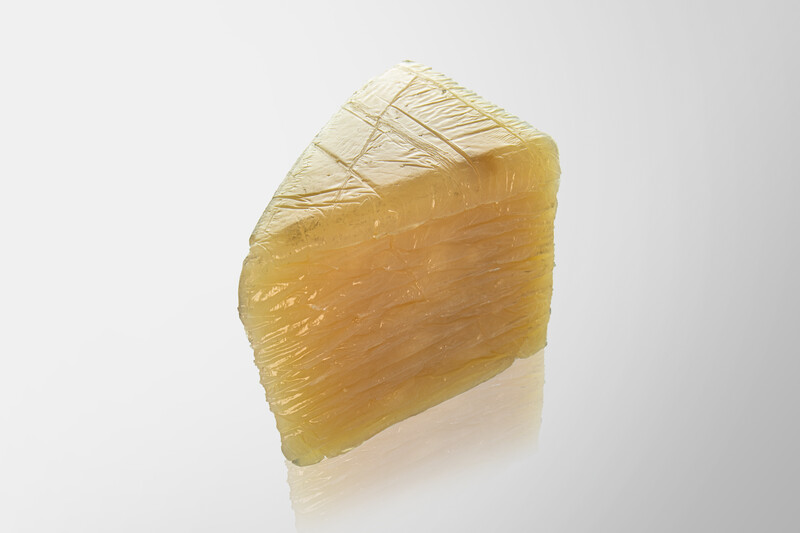
General-purpose rubbers: The group of general-purpose rubbers
Nach Kategorien filtern:
Jäger Gummi und Kunststoff GmbH
Lohweg 1
30559 Hannover
Tel. +49 511 – 53580
Fax +49 511 – 553394
info@jaeger-gk.de
Management:
Dr.-Ing. Andreas Jäger und
Julius Jäger
Hanover Register Court HRB 59798
DE 813 314 161
Sie haben noch Fragen oder benötigen weitere Informationen?
Kein Problem!
Füllen Sie einfach unser Kontaktformular aus. Unser Team wird sich umgehend mit Ihnen in Verbindung setzen, um alle Ihre Anliegen zu klären.